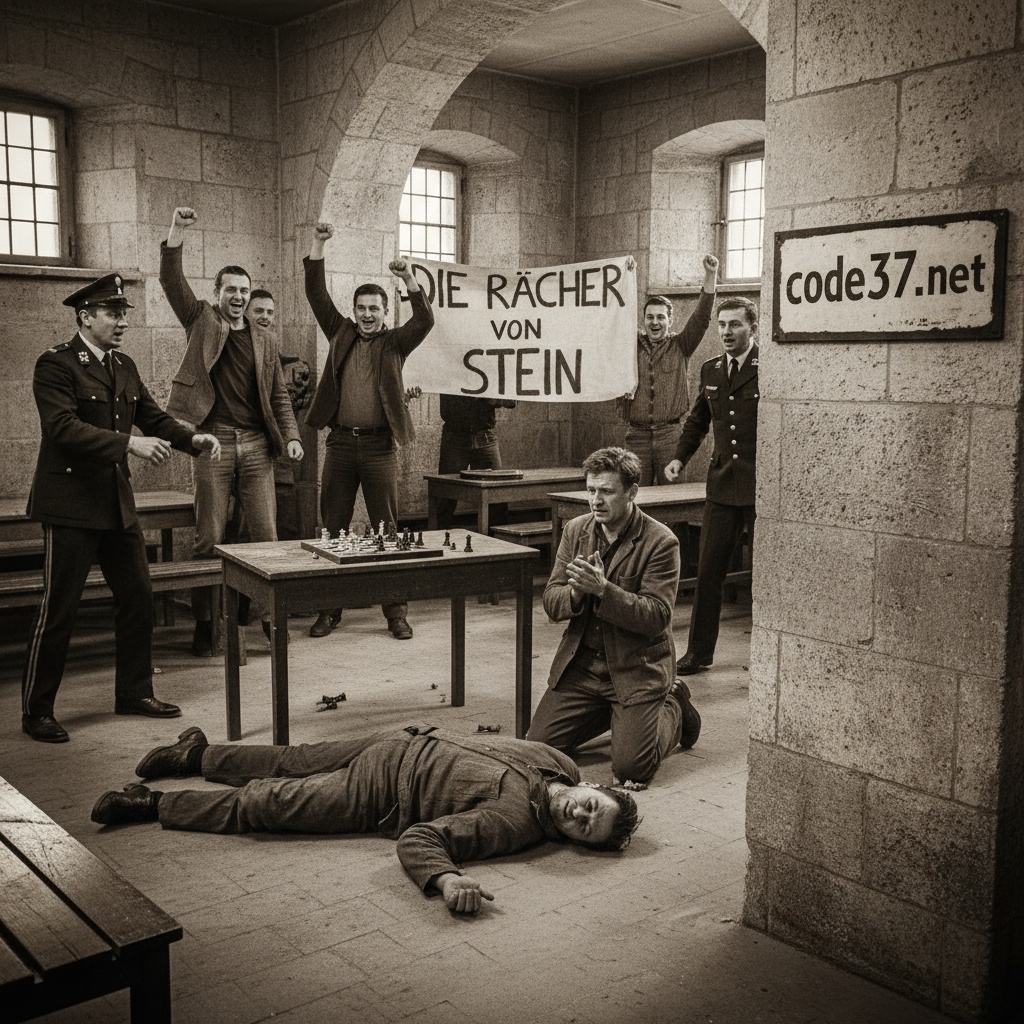
A mysterious murder that still raises many questions today took place in the Memorial Church, the campus church of the elite Stanford University. The victim was 19-year-old Arlis Perry, who was found dead at around 5:45 a.m. on October 13, 1974, by campus security officer Stephen Blake Crawford in the eastern transept of the church, not far from the altar, which he had locked six hours earlier. Arlis, who was half-naked from the waist down, was lying on her back. Her legs had been spread wide apart so that a 1-meter-long consecrated altar candle could be inserted into her vagina, with which Arlis had been raped. In addition, Arlis’ blouse had been torn open so that another altar candle could be placed between her breasts, while her arms rested folded across her chest. Arlis had apparently been severely strangled and beaten until her killer rammed an ice pick with a broken handle into the back of her head. Surprisingly, Arlis’ pants had been draped to imitate a pentagram, which led to suspicions of a satanic ritual murder. A pillow with semen stains was found near Arlis’ body, and a latent handprint was discovered on one of the candles. Despite these clues and many others, and a $10,000 reward offered by Stanford University for information leading to the arrest of Arlis’ killer, Arlis’ murder remained unsolved for 44 years until DNA analysis finally identified Arlis’ killer. Arlis was born on February 22, 1955, in Linton, the youngest child of Marvin and Jean Dykema. Arlis’ parents were devout Christians who moved to Bismarck in 1963, where they ran a car dealership and founded the Bismarck Community Church. Arlis, a petite blonde girl with glasses, was raised in a very religious household, led a youth group, and taught Sunday school. Arlis also proselytized, passionately telling non-believers about Jesus. Arlis attended Bismarck High School. She was a popular cheerleader who became the girlfriend of Bismarck High School sports star Bruce Perry. Bruce was an outstanding athlete who set a state record in the 400-meter dash. He was also one of the top high school graduates in his class in Bismarck, which is why he was immediately accepted to the elite Stanford University to study medicine. Arlis and Bruce graduated from high school in 1973. While Bruce studied medicine at Stanford, Arlis worked as a receptionist at Bruce’s father’s dental practice. After a year of long-distance dating, Bruce and Arlis were married on August 17, 1974, at Bismarck Community Church. After their honeymoon in a cabin owned by Arlis’ parents, the newlyweds moved into an apartment in the Quillen Hill residential complex in Escondido Village, which was part of the Stanford campus. Arlis had recently started working as a receptionist at the law firm Spaeth, Blasé, Valentine & Klein. She loved taking long walks across the campus with her husband. But she was also plagued by homesickness. She missed her friends and family, which is why she kept in close contact with them by letter. On October 12, 1974, Bruce spent most of the day poring over his books, while Arlis wrote more letters to her family, which she still wanted to post. For this reason, Arlis and Bruce decided to take a walk across campus to the mailbox, despite the late hour. But during the walk, at around 11:30 p.m., the couple got into an argument over a trivial matter concerning the tire pressure of their car. To calm down, Arlis wanted to go to the campus church alone to pray. Bruce made his way back to the apartment. At around 11:50 p.m., Arlis entered the church while two people were leaving. These two witnesses later reported that they saw a young man about 1.78 meters tall with blond hair and a blue T-shirt entering the church. Shortly after midnight, security guard Stephen Crawford locked up the church after making sure no one was inside. At around 2:00 a.m., he made his daily rounds around the church, which was securely locked. When he went to unlock the church at around 5:45 a.m., he noticed that the west door was open and had been broken open from the inside. When he entered the church, he found Arlis’s body, which had been draped in a pentagram shape like a doll in a shop window. Meanwhile, Bruce was plagued by his guilty conscience over the trivial argument. He set off for the church, hoping to meet his wife on the way. But this was not the case. Standing in front of the locked church, he made his way to the apartment, where he believed Arlis was already waiting for him. But when he arrived, there was no sign of Arlis. Finally, at around 3 a.m., he reported his wife missing to the Santa Clara County Sheriff’s Office. They drove to the church shortly thereafter, but all the doors were locked. A short time later, Stephen Crawford reported the murder to the sheriff’s office. The investigation was in full swing. Since the fingerprints on the altar candle stuck in Arlis’ body did not match those of Bruce Perry and Stephen Crawford, they were eventually ruled out as perpetrators. The murder of Arlis Perry sparked much wild speculation, as the draping of the body resembled symbols used by Satanists. Or was it perhaps just a red herring that had been deliberately planted? Over 100 people who were at the scene of the crime at the time of the murder were investigated, but without result. Rumors persisted that Arlis was the victim of a satanic conspiracy. David Berkowitz, better known as Son of Sam, the famous New York serial killer, had mentioned the murder of Arlis Perry in several letters, accusing William Mentzler, alias Manson II, the murderer of Hollywood producer Roy Radin, of being Arlis’ alleged killer. However, this proved to be just as unfounded as the connection to the Process Church, a religious community that allegedly had Satanists in its ranks. There were many theories, but none proved fruitful. The case was eventually shelved and reopened by the Cold Case Division in 2018. This was because the semen sample on Arlis’ Levi’s jeans, which she had worn on the night of her murder, matched none other than Stephen Crawford, the former campus security guard. The Santa Clara County Sheriff’s Office issued a search warrant for his studio apartment on Camden Avenue in San Jose on June 28, 2018. When officers arrived and asked Crawford to let them into the apartment, he asked for some time to get dressed. But when Crawford still hadn’t opened the apartment door minutes later, the officers unlocked it. They found 72-year-old Crawford sitting on his bed, having shot himself in the head. Crawford left behind a suicide note that he had written when he was last questioned by the cold case department. In it, however, he did not confess to the murder of Arlis Perry. Crawford’s suicide meant that his motive could never be clarified. But who was Stephen Blake, the man who brutally murdered Arlis? Stephen Blake Crawford was a US Air Force veteran who joined the Stanford Department of Public Safety in 1971. Crawford had carried a gun ever since. Just one year later, the new police chief advocated for the restructuring of the Stanford Police Department. This included a thorough screening process for carrying a gun. Many failed this test and were offered jobs as security guards, including Crawford. Crawford felt humiliated and began working as a security guard at Stanford University, where he was employed until 1976. Crawford began stealing items from the university and issued himself a Stanford diploma by having his name printed on a blank Stanford diploma at a print shop. He received a six-month suspended sentence for the thefts. Crawford was a loner in his private life, but he enjoyed dancing. He was a member of a square dance group, where he was known as a notorious liar who had even made up a fairy tale about the death of his parents. They had allegedly died together in a car accident when he and his brother were still young. In reality, his parents died separately when Crawford was already 20 years old. It was simply impossible to believe Crawford’s words, and he took the reason why he had killed Arlis Perry so cruelly to his grave. But what became of Arlis’ husband Bruce? After his wife’s murder, Bruce remarried and started a family. He dropped out of medical school to study psychology. Today, he works as a trauma expert for young victims of crime. However, he never completely got over the murder of Arlis Perry. At least Arlis’ murder was finally solved after more than 44 years thanks to DNA analysis.



